Jason Allen, P.E., Director Mountain States Concrete Pipe Association
Offering education and PDHs, free lunch, and opportunities for networking and sales, the Mountain States Concrete Pipe Association’s Plant Tours are a win-win for all involved. A survey of their success offers solid business strategies for promoting concrete pipe – as well as nearly any other business.
The Mountain States Concrete Pipe Association recently hosted plant tours for 2018 Concrete Pipe Week, setting a record for attendance. A total of 850 people attended tours of six concrete pipe plants in Utah and Idaho throughout September. And we’re seeing a trend. In 2017, 550 people attended our six tours, up from 480 attendees in 2016. With our attendance on the rise, I’ve been asked to share what’s working in the Mountain States.
Be Flexible
When planning the Mountain States Plant Tours back in June, we chose a timeframe that works best for our area. ACPA’s National Concrete Pipe Week, August 19-25, falls during one of the hottest times of year in our region. We decided to move our plant tours to September to avoid the heat as well as a typically inconvenient week for many families in our region.
August 19-25 is traditionally the week before school begins in our area. Families are often squeezing in one last vacation or are just busy with the back-to-school bustle. By being flexible with our timeframe, we’ve found a better month for many of our guests.
While we may not host our plant tours until September, we’re busy promoting these tours in August. We work to obtain signed proclamations from the governors of Utah and Idaho recognizing August 19-25 as Concrete Pipe Week, which falls in line with ACPA’s national efforts. During Concrete Pipe Week in August, we send invitations and make personal visits promoting concrete pipe and our upcoming tours in September.
Continuing to allow flexibility, we have a basic format we ask the plants to follow, but each plant decides how to carry out its tour. In our open-house style format, guests can drop in during a three-hour window time frame. Tours are given in small groups of approximately 10 with a technical representative who explains the benefits of concrete pipe.
Offer Incentives
The basic format we ask plants to follow includes incentives such as a free lunch and Professional Development Hours (PDHs). Each licensed engineer can earn two PDHs while visiting a plant. One hour is earned on the tour, which offers education on concrete pipe’s strength and benefits. When guests see the pipes, how they’re manufactured and tested, and the many applications for it, they better understand how to specify them. What’s more, we’re educating on correct pipe installation, which is a huge initiative for our industry.
Getting our associate members involved in the educational sessions is another huge part of our success. These associate members manufacture auxiliary products such as cement, gaskets, hatches, manhole lids and the like. We also wanted our associate members to get value out of the plant tours, too, so we’ve included them as presenters for PDH credit. A second PDH hour is earned as attendees rotate through 15-minute sessions with our associate members. Including our associate members not only brings more education to our tours, but it’s also a way to promote these important members and give them increased visibility.
Personal Connections
Although many things contribute to a successful plant tour week, perhaps the most important is the personal relationships we build throughout the year. We provide a lot of opportunities in Utah and Idaho to build relationships within our industry, and we rely on those connections for big turnouts.
But even with personal connections, you can’t get people to show up if you’re not willing to work for it. You’ve got to be willing to make a hundred phone calls and visit people in person. You can’t just post the event on Facebook and think people will come. And don’t rely only on emailing invitations, which can be impersonal and easy to ignore. You’ve got to hit the pavement, visit people and personally invite them.
It’s a lot of work, and it requires every stakeholder’s involvement. It can’t fall solely on ACPA leadership’s shoulders. Members must be involved, too. If only ACPA Regional Engineers and leaders are doing all the work, plant tours won’t prove successful. Working together, we can achieve our goal.
Looking to the Future
We’re excited about the direction our plant tours are heading. Our guests are finding value in them and what we’re doing. As we look toward our goal of attracting even more attendees in 2019, we’ll continue expanding our reach. Now that our plant tours have educated many engineers and inspectors in our area about concrete pipe’s benefits, we’re working to reach contractors and installers with a message of correct installation.
For us, Concrete Pipe Week’s Plant Tours serve as a thank you to our membership and the industry. They give our members a chance to visit with their prospective audience and let them know what they can get out of visiting a plant. Guests receive valuable learning opportunities. With a win-win scenario, we look forward to a bright future for the Mountain States’ Concrete Pipe Week.
What are your must-haves in a plant tour? Comment below with your tips or a few sentences about your last tour. We’d love to hear what’s working in your area!

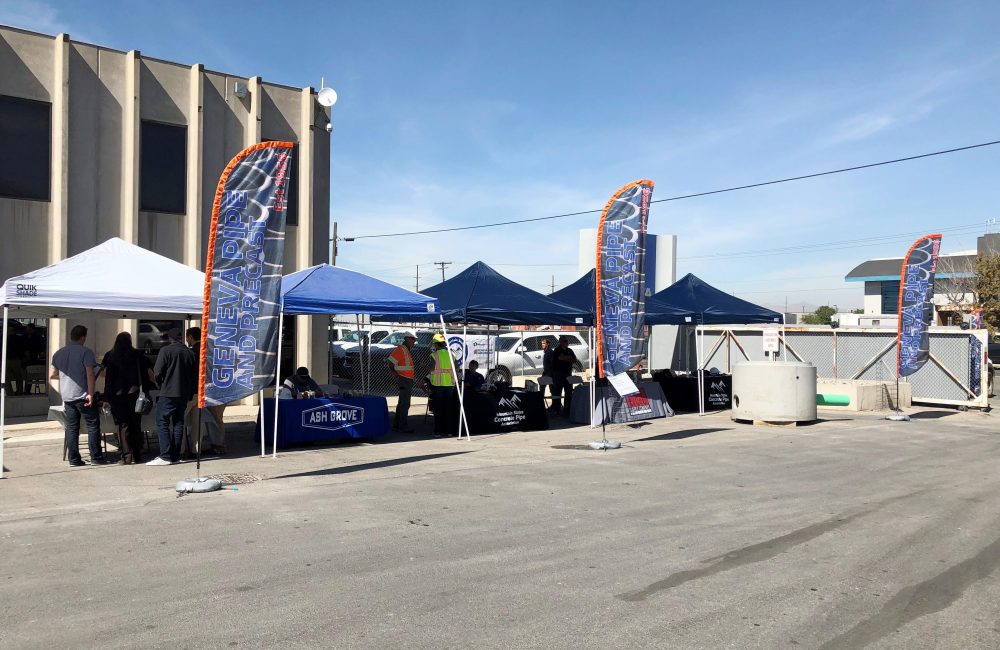
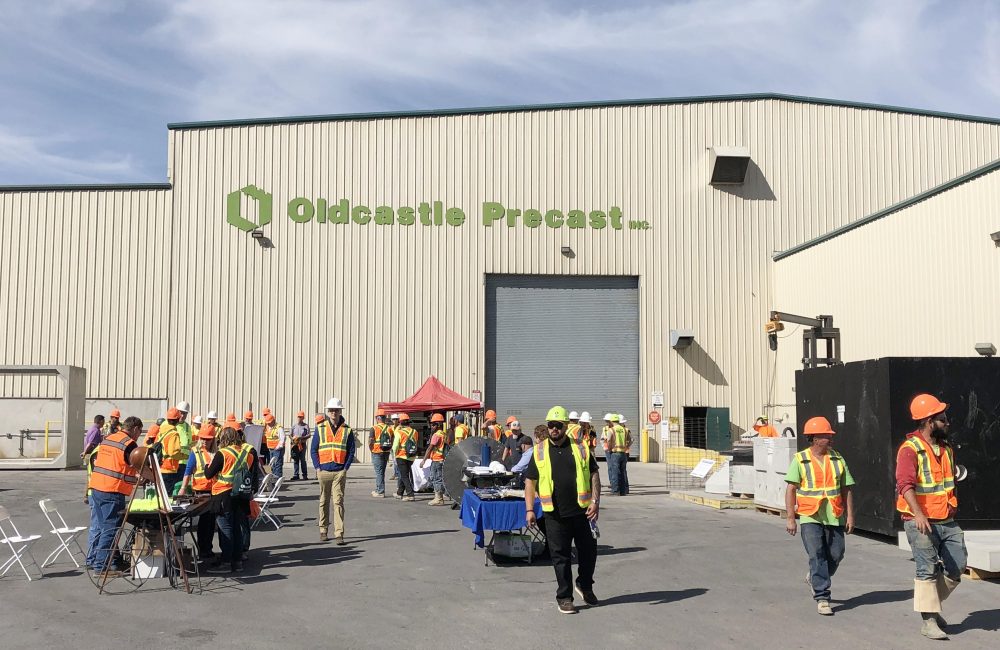
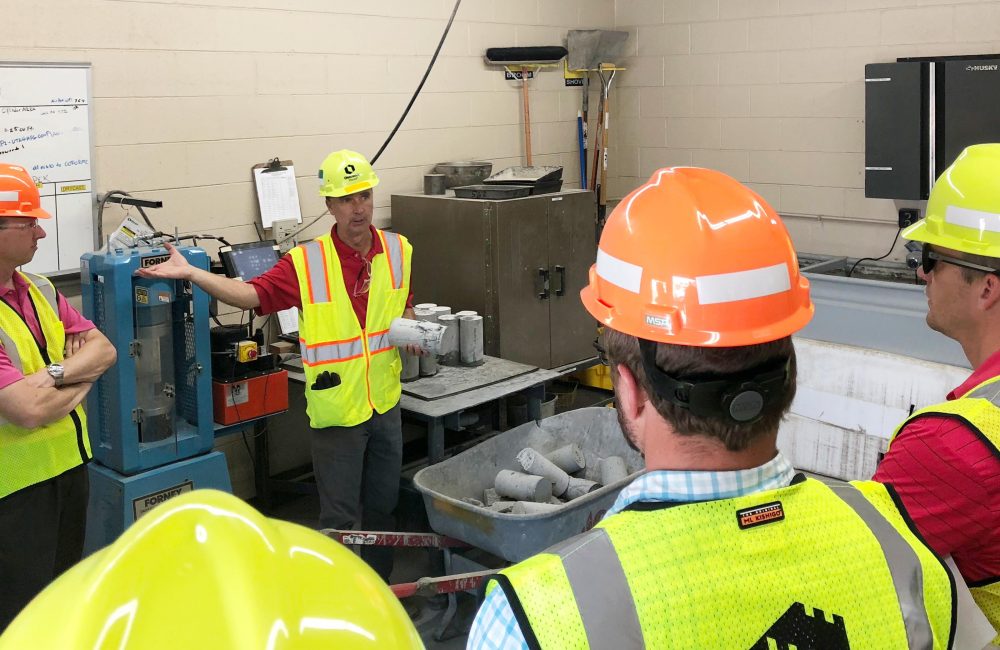
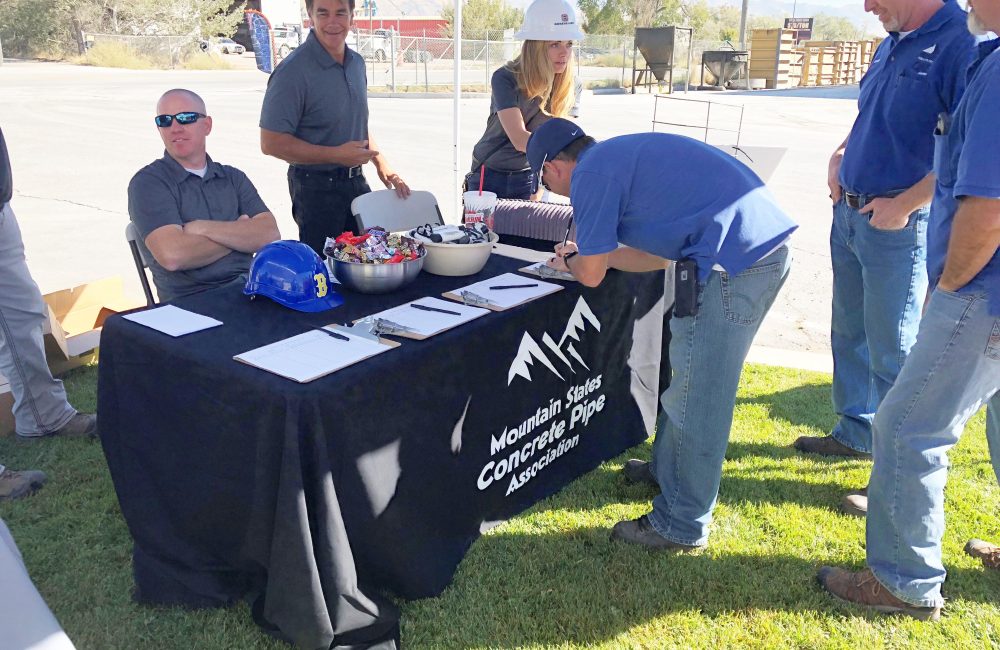
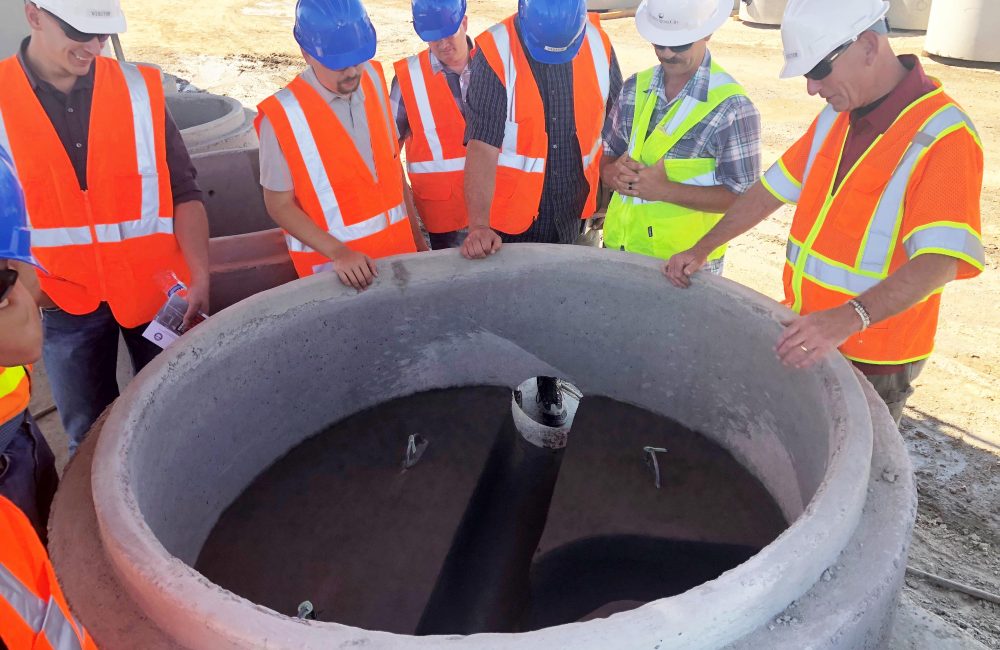
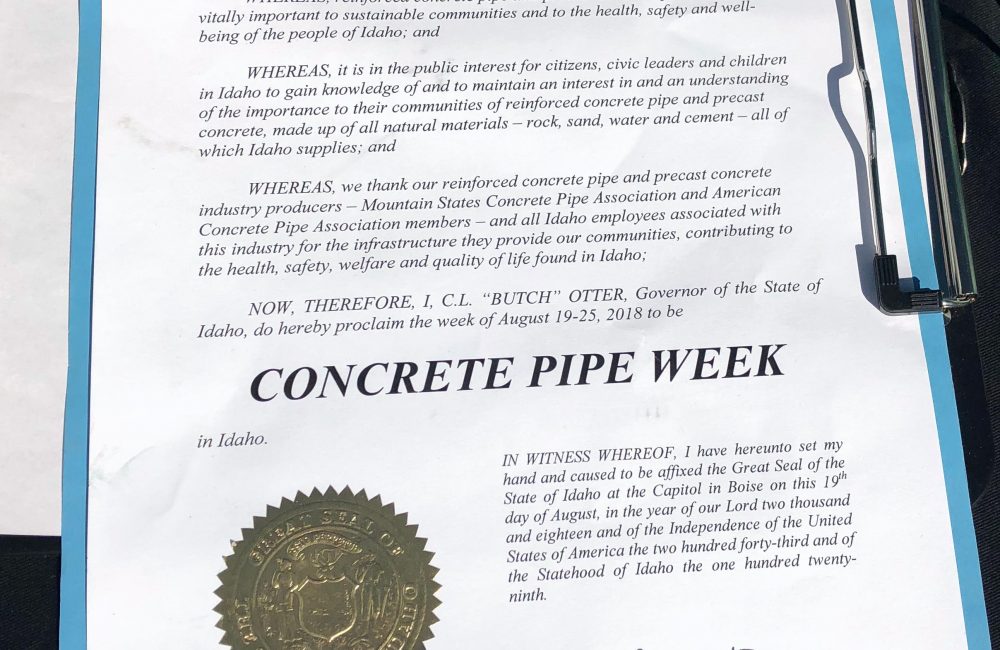

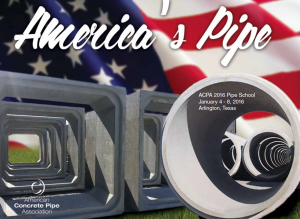
Geneva Pipe & Precast had a great time participating in the Mountain State’s Pipe Week for 2018! We are excited to host plant tours for 2019’s Pipe Week as well and are hoping for an equal or better turn out!
This was a great event. Thanks to Jason for making this successful.